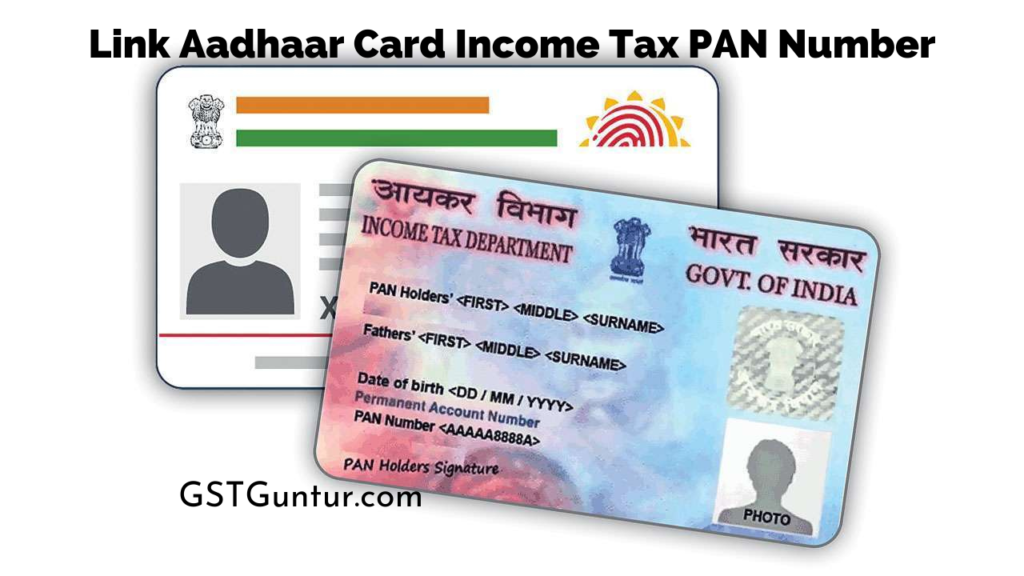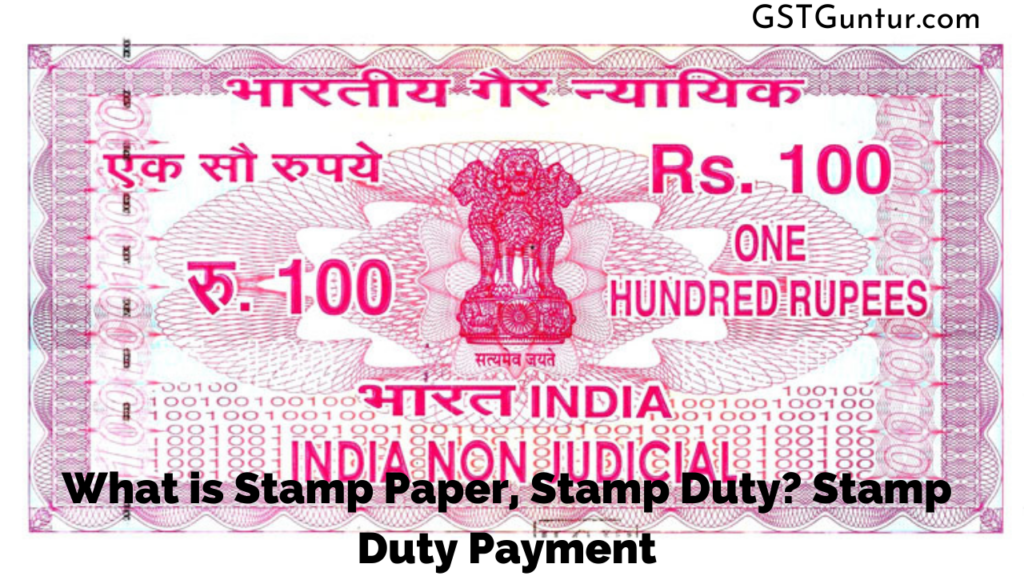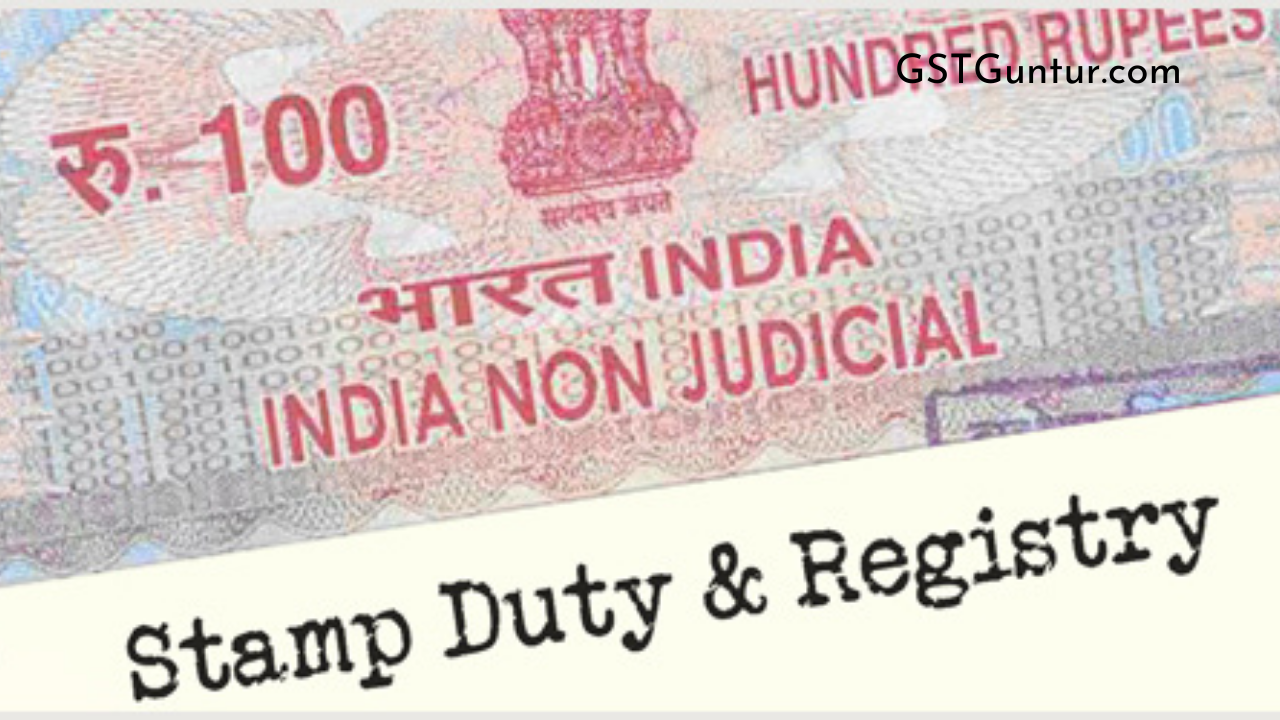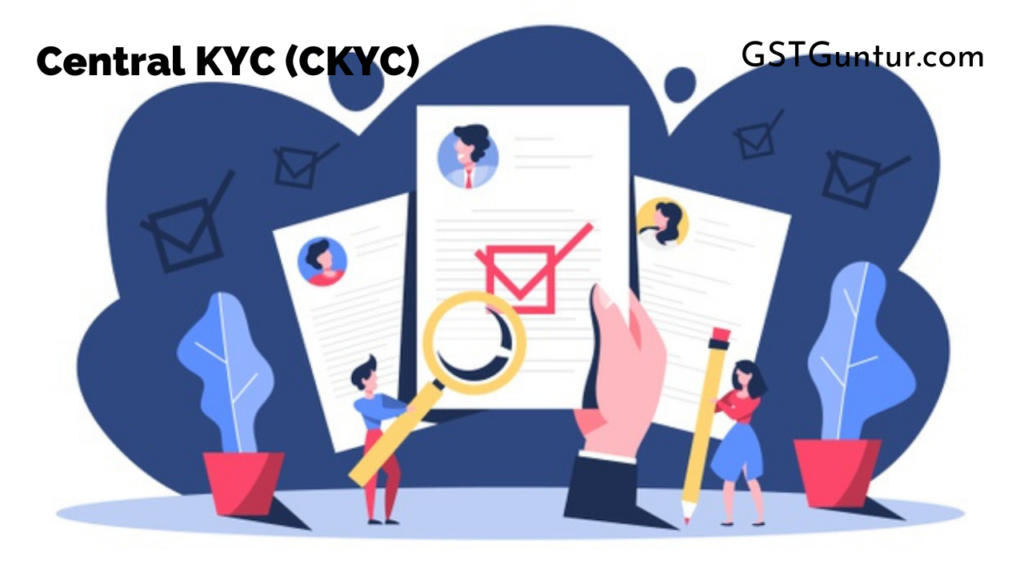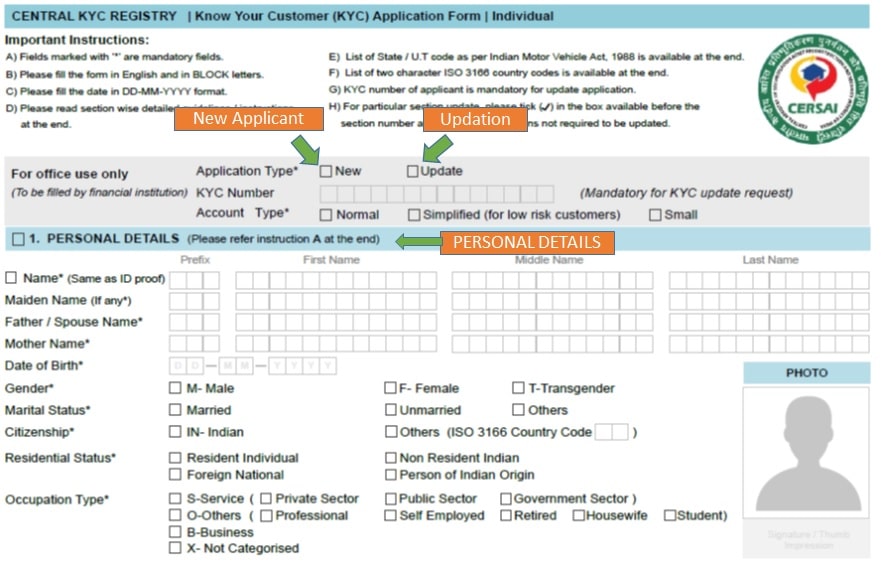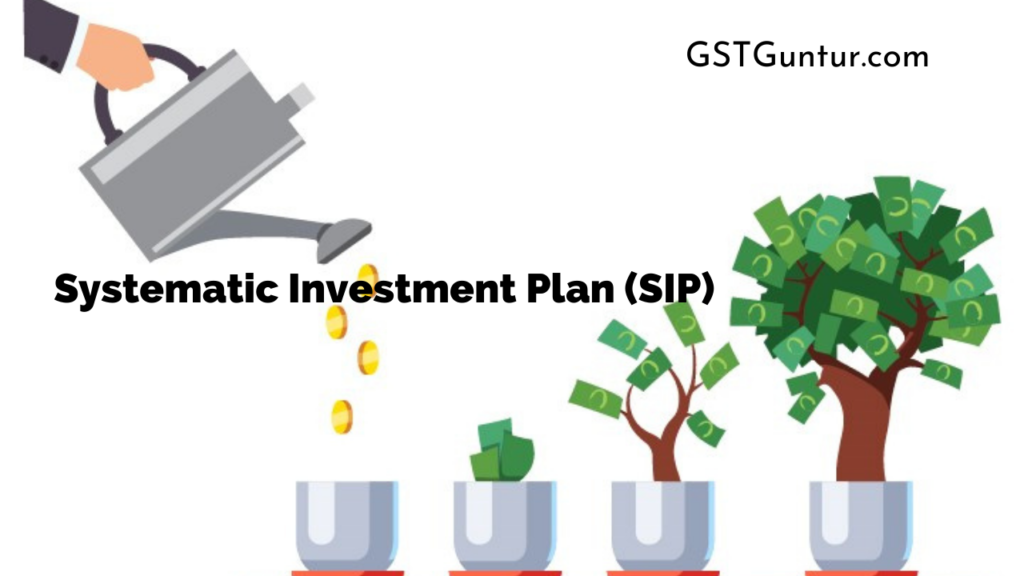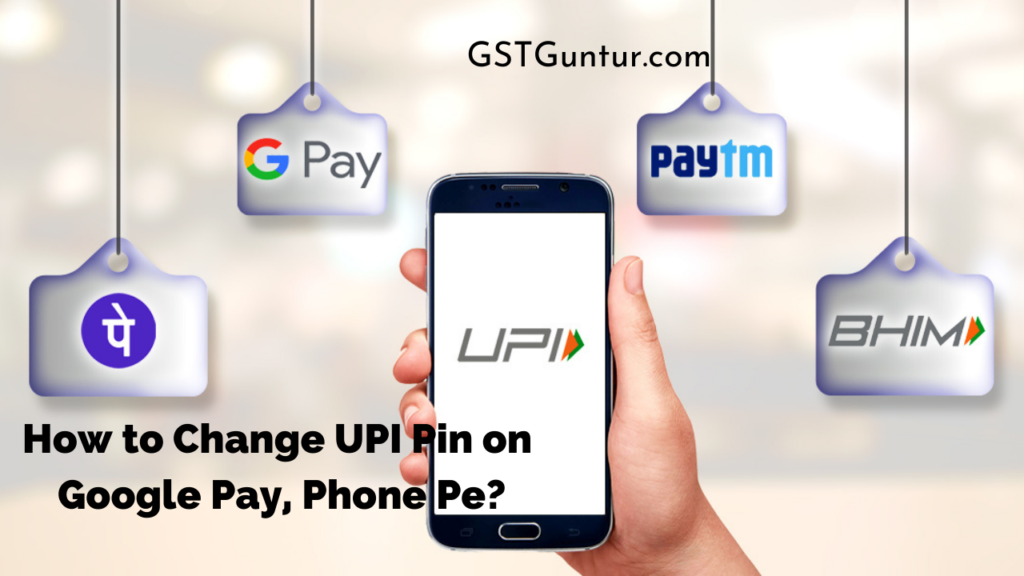Insurance, PPF, Repayment of Loan and other Deductions Section 80C
Qualified Assessee is– HUF and Individual
The maximum amount of Deduction – Under sections 80C, 80CCC, 80CCD(1), a maximum of Rs. 1,50,000 is allowed as a deduction aggregately.
The deduction is permitted whether the payment is executed out of income liable to tax or not.
- Repayment of Housing loan and related expenses
- Unit Trust of India/LIC Mutual Fund and its Unit Linked Insurance Plan (ULIP)
- Deductions allowed
- Life Insurance Premium (LIP)
Repayment of Housing Loan and Related Expenses
- The deduction is permitted for payment executed for the purpose of construction or purchase of a residential house property. If payment is made by way of, is incorporated under head House Property.
- any part payment or instalment of the amount due under any other schemes or self-financing of any development authority, housing board or another authority involved in the sale and construction of house property on the basis of ownership
- any part payment or instalment of the amount due to any co-operative society or company of which the assessee is a member towards the cost of the house property or shareholder allotted to them
- the amount borrowed and the repayment by the assessee—
- any State Government or the Central Government
- any bank, including a co-operative bank
- the Life Insurance Corporation
- the National Housing Bank
- any public company established and registered in India with the principal object of bearing on the business of giving long-term finance for purchase or construction of houses in India for residential prospects, which is eligible for deduction under section 36- clause (viii) of sub-section (1)
- any company in which the public are considerably engaged or any co-operative society, where such co-operative society or company is interested in the construction or financing the business of houses, or
- the assessee’s agent where such agent is an authority a board or a corporation or any other body constituted or established under a State or Central Act,
- the assessee’s agent where such employer is a university established by law or a college affiliated to such university or a local authority or a co-operative society or a public company or a public sector company
- registration fee, stamp duty and other expenses for the purpose of acquisition of such house property by the assessee, but shall not constitute any payment towards or by way of
- the admission fee, initial deposit and cost of share which a member of a co-operative society or a shareholder of a company has to pay for becoming such member or shareholder
- the cost of any alteration or addition to, or a repair or renovation of, the house property which is brought out in respect of the house property after the issue of the completion certificate by the authority competent to issue such certificate or any part thereof or after the house property has either been occupied by the assessee or any other person on their behalf or been let out
- any expenditure in regard to which deduction is permissible under the prerequisites of section 24
If the assessee before the expiry of five years from the end of the financial year transfers such house property in which possession of such property is obtained by the individual or receives back, whether by means of refund or otherwise, any amount specified in that clause, then no deduction is permitted for any amount paid in that financial year. The sum which was approved as a deduction in the years prior to this is taxable in the year of refund, transfer or otherwise.
Unit Trust of India/LIC Mutual Fund and its Unit Linked Insurance Plan (ULIP)
Suppose the assessee’s participation ceases or terminates the participation to be in force by cause of failure to pay any contribution before contributions have been paid for five years. In that case, no deduction is permitted for any contribution paid in that financial year. The contribution, which was acknowledged as a deduction in earlier years, is also added to the taxable income in the year of termination.
Deductions Allowed
- Premium paid for Life insurance.
- Contribution by an agent to a recognized provident fund or an approved superannuation fund
- Contribution towards PPF-Public provident fund
- National Saving Certificate of the assessee (VIII issue)
- Unit Trust of India or LIC Mutual Fund’s certified ULIP -Unit Linked Insurance Plan.
- Notified units of UTI or Mutual fund
- The notified pension fund of UTI or Mutual fund
- Purchase of units of any mutual fund which comes under the clauses of (23D) of section 10 and approved by the Board.
- Tuition fees(not including any payment towards donation/development fees/payment of similar nature) whether at the time of admission or otherwise to any college/university/educational institution in India for full-time education of any two children of a person
- Repayment of housing loan and related investments
- a Fixed Deposit (FD) of the amount deposited for 5 years or more with a scheduled bank.
- ‘Sukanya Samriddhi Yojna’
- getting subscribed to any such deposit scheme as that Government or any such security of the Central Government may specify, on the person behalf and get notified in the Official Gazette
- Annuity plan of any other insurer or the Life Insurance Corporation as the Central Government may specify, by notification in the Official Gazette.
- As clause (23D) of section 10 states which referred as the contribution by an individual to any pension fund set up by any Mutual Fund
- Rural and Agriculture Development under the National Bank subscribed bond, as the Central Government may, by information in the Official Gazette.
- Under Savings Scheme Rules of the Senior Citizens, 2004, deposit in an account specified on this behalf
- Under Time Deposit Rules of the Post Office, 1981 deposits a five-year time deposit in an account.
Life Insurance Premium (LIP)
In the matter of an individual – policy should be considered on own life, or the life of a spouse or any child (Independent or Dependent, unmarried or married)
In the matter of HUF – Policy should be conducted on the life of any member of such HUF
Limit on deduction – Maximum deduction permitted for Life insurance premium is 10% of the actual sum secured. For policies issued before or on 31st March 2012 maximum deduction permitted is 20% of the exact sum secured.
Given that where the policy, published after or on the 1st day of April 2013, is for insurance on the life of any individual, who is—
Somebody with a disability or a person with a critical disability as mentioned in section 80U, or
Suffering from ailment or disease as specified in the provision made under section 80DDB,
maximum deduction permitted for insurance premium is 15% of the actual sum secured.
The actual sum guaranteed is the minimum amount secured under the policy on the incident of the insured event. The value of any benefit by way of bonus or any premium agreed to be returned or otherwise over and above the sum actually guaranteed which is to be or may be collected under the policy by any individual is not to be driven into account while calculating actual sum secured.
If the contract of the assessee ceases or the assessee terminates the contract or to be in force by cause of failure to pay any premium.
- within two years following the date of commencement of insurance, in the event of any single premium policy; or
- ere premiums have been paid for two years in any other case, and then in that financial year, no deduction is permitted for any premium paid. The premium, which was approved as a deduction for such insurance policy in the preceding years, is taxable in the year in which the insurance policy ceases or is terminated to be in force.



